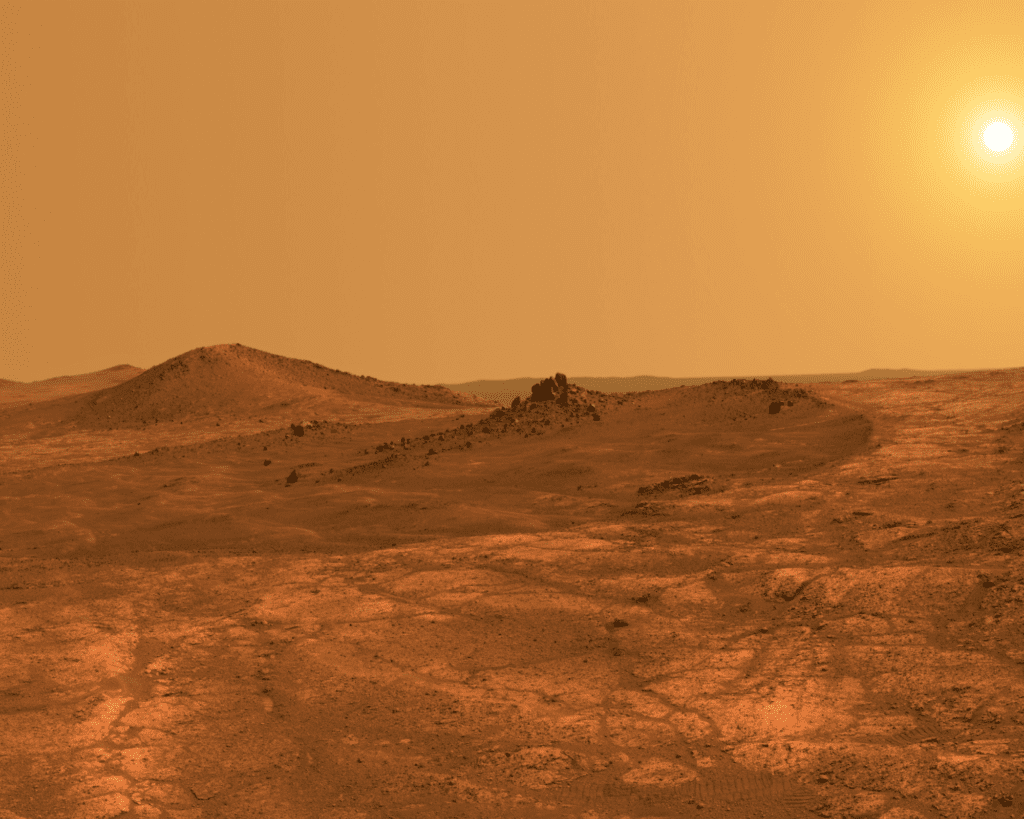
Why translation goes beyond language and how to avoid measurement confusion
On December 11, 1998, NASA launched a robotic space probe to study Mars. Its purpose was to study the Martian climate, atmosphere and surface changes. 10 months later, in September 1999, the Mars Climate Orbiter burned and broke into pieces. A $125 million mathematical translation error.
Spacecraft designers, Lockheed Martin Astronautics, used an imperial measurement system for its calculations but propulsion engineers at NASA assumed the provided data was metric. Unfortunately, that wasn’t the only error. For nearly 10 months, several checks and undetected errors in computer models were also missed and many more minor adjustments made to account for unexplained miscalculations.
John Logsdon, director of George Washington University’s space policy institute at the time of the crash made an interesting observation: “we can cooperate in space with the Russians and the Japanese and the French, but we have trouble cooperating across parts of the United States. Fundamentally, you have partners in this enterprise speaking different languages”.
Language and dialects we understand need translating but how often do we translate our units and figures?
What is the imperial system?
Common imperial measurements include inches and yards instead of centimetres and metres, pounds and ounces instead of kilograms and grammes and in the case of spacecraft acceleration data, pounds of force instead of newtons.
It gets even more complicated when you find out there is more than one imperial system and the imperial measurements phased out in Great Britain aren’t exactly the same as those used in the United States. For example:
- a standard US gallon = 3.785 litres
- British imperial gallon = 4.546 litres
Say whaaaaat?! To explain why these differ, we have to go way back to the late 15th century. In an attempt to enforce uniformity, King Henry VII specified the Winchester Standards to measure capacity and length in England.
Speed forward to the 19th century and Britain switched to a new imperial standard. At the same time, the United States started to adopt the Winchester measures, which it continues to use today.
In another twist to the tale, Britain shifted again and adopted the metric system starting in 1965.
Quiz question: Which three countries do not use the metric system? Answer at the end.
Mix and match
Metric may be the official system now but you’ll still commonly see (British) imperial measures in widespread use. Beer is served in pints and roads are measured by miles. I know my height as 5 foot 7 inches but my weight in kg. My children’s weight at birth were given in both lb and oz and in grams. My mum will talk inches and yards, while I’ll talk centimetres and metres and provide a rough conversion if prompted.
It may sound confusing but we’re used to it as a kind of dialect. We use it imperial in some cases between ourselves but know to use metric in business, science and internationally. Now you’ve seen the differences in measurement systems, you’ll appreciate the extra clarification needed when collaborating with colleagues in the US.
Other common differences caused by measurement differences between the US and UK include:
- Temperature: Fahrenheit versus Celsius
- Paper sizes: A4 = 210 x 297 mm US letter = 215.9 x 279.4 mm
- Business cards: In the UK and most of Europe we use 85 x 55 mm, the US standard is 88.9 x 50.8 mm
Which might be useful information if you use company templates across different branches around the world.
What does this mean for international business?
In 1875, seventeen countries (including the US) signed the International Treaty of the Metre, agreeing on an international system of units (SI). As you’ve seen, this doesn’t mean everyone is on the same page all of the time. When translating a text, units and measurements get extra checks, here are my top tips:
- Be clear about the units you’re using to avoid any confusion.
- If you work closely with companies that use an imperial system, double and triple check quantities and measurements given and consider providing a conversion chart.
- Take particular care when dealing with units that look the same, for example, US tons are different to metric tonnes. 1 ton = 907.18474 kg.
For a few other unit mix-ups and more details on the Mars Orbiter crash, take a look here: https://usma.org/unit-mixups
And if you want a native speaker to translate the units as well as your scientific texts, I’m just a quick email away.
Answer to the quiz question: The United States, Liberia, and Myanmar are the only three countries in the world not using the metric system. That’s bound to come up as a useful fact at some point!


